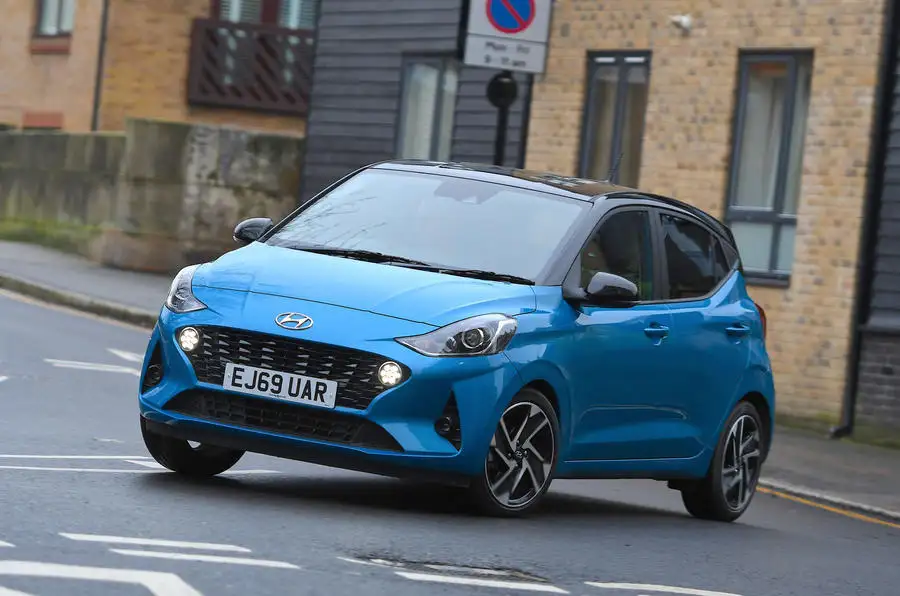Connected cars are revolutionizing how we drive. But as with any revolutionary technological development that produces volumes of data, the automotive IoT can pose risks.
1. IVI systems that provide tailored experiences; and
1. Artificial Intelligence
AI has become a worldwide craze that has revolutionized how cars interact and share information. AI powers features such as recommendation algorithms, natural language processing, computer vision and more – truly revolutionizing car connectivity and sharing information between drivers.
Automakers use artificial intelligence (AI) systems to monitor real-time vehicle status and performance. Furthermore, these AI solutions also offer useful functions like predictive maintenance and eco-driving.
Data collected through these systems is typically shared with software services like Google Maps and search function to enhance their products and services. However, privacy concerns still exist with some drivers.
Waymo and other manufacturers are increasingly turning to artificial intelligence (AI) in their vehicles in order to advance autonomous driving capabilities. AI-powered self-driving systems help process vast amounts of sensor data while improving navigation and response capabilities of autonomous cars.
2. Seamless Smartphone Integration
Traditional car infotainment systems rely on handheld devices for connecting drivers to apps. Now, with Apple CarPlay and Android Auto, drivers are able to seamlessly integrate their phones with their vehicle so they can access all their favorite apps without taking their hands off the wheel or eyes off the road.
These systems allow drivers to easily use music streaming platforms like Spotify and Apple Music, communication apps such as Skype or even text messages while driving with just the touch of a button or their voice, reducing distracted driving to ensure safer, smarter driving.
Research by our firm also indicates that consumers value flexible access to in-car digital services; Chinese consumers are twice as likely to value this feature than their German and American counterparts.
3. IVI Systems
In-vehicle infotainment systems (IVI) serve as the central hub for connecting to external devices and providing various in-car services, using large daylight visible displays to give drivers and passengers an immersive experience.
IVI systems support an array of multimedia applications and features such as downloadable apps, convenience functions and internet connectivity. As such, it is crucial that IVI systems utilize reliable operating systems like Android, Linux, QNX and Windows to ensure they operate reliably and efficiently.
IVI systems are increasingly being integrated with smartphone apps for an effortless hands-free driving experience, such as navigation systems that offer real-time traffic updates and rerouting options to bypass congestion, as well as music streaming apps allowing drivers to listen to their favorite tunes while on the move.
4. Advanced Connectivity
Telecommunication technologies have revolutionized how cars connect and share information, improving safety by enabling vehicles to communicate directly with each other or infrastructure such as traffic lights – optimizing road conditions while making journeys more efficient and safer for all parties involved.
Advanced connectivity also enables vehicles to easily integrate with smart city initiatives, making transportation systems more resilient and sustainable. It can even help drivers reduce fuel consumption by suggesting alternative routes that will save both time and money.
5G connected vehicles enable seamless internet access, uninterrupted streaming and instant updates – creating an exceptional infotainment experience for passengers with augmented reality displays and immersive entertainment. In addition, over-the-air (OTA) vehicle upgrades enable manufacturers to quickly add new features and security patches.
5. Virtual Personal Assistants
Virtual personal assistants (VPAs) are revolutionizing how cars connect and share information, and are the unsung heroes of accessibility, assisting those with mobility or visual impairments control technology and access information.
AI-powered VPAs allow cars to seamlessly transition between services used on smartphones or in the home and those available in-vehicle, using voice command users can access and control their music or media while on the road.
Apple CarPlay, Android Auto and Amazon Alexa use natural language processing to power vehicle features like infotainment controls, navigation controls, cell phone controls and customized wake-up words. Global automakers are increasingly turning to these embedded voice recognition solutions developed by start-ups and independent technology developers in order to meet growing consumer demand for automotive voice recognition solutions.




